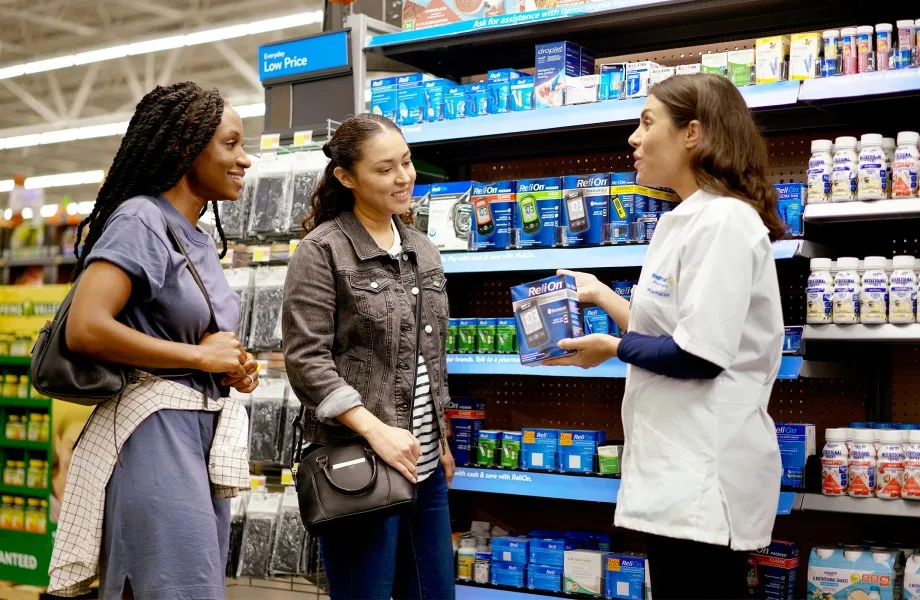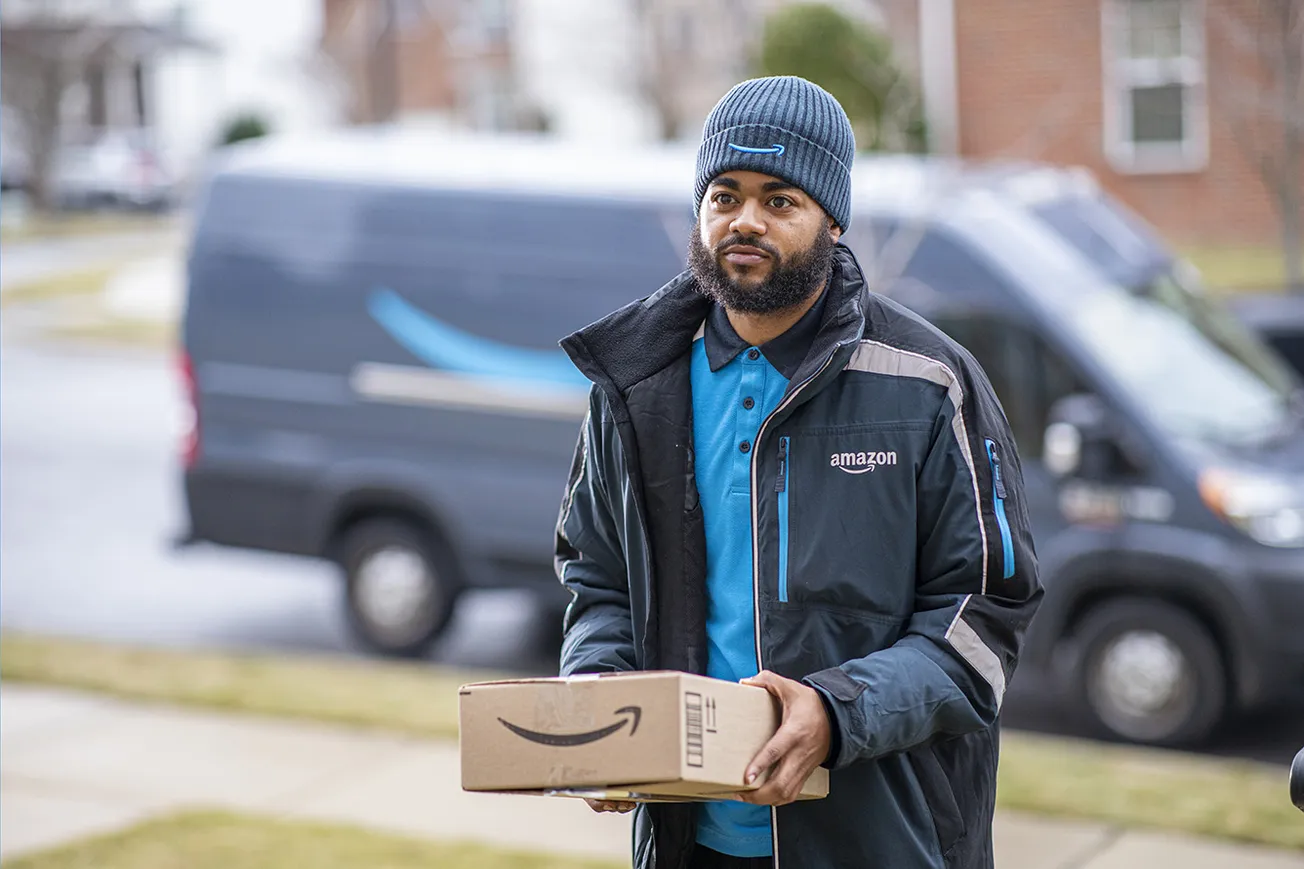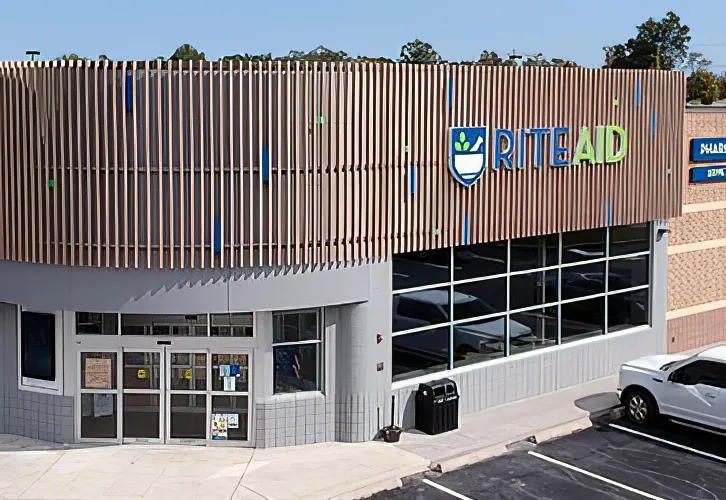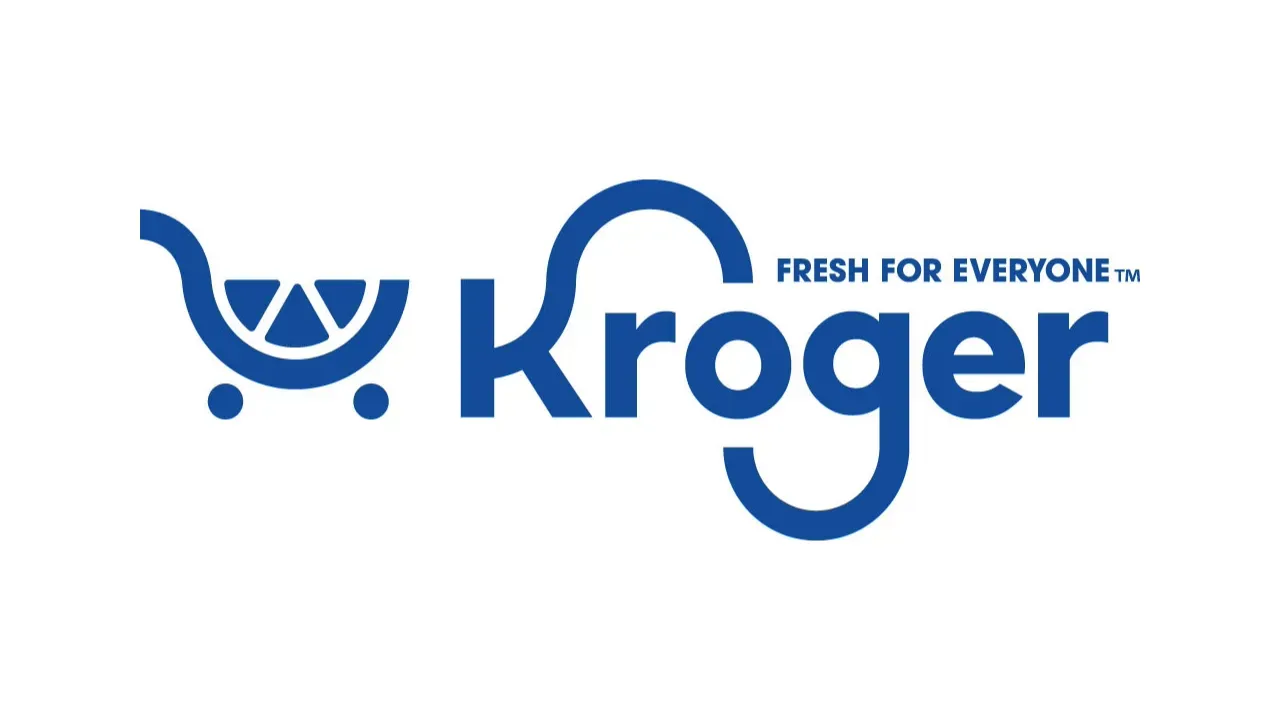BENTONVILLE, Ark. — Last week, Walmart and Medscape released the Healthcare Professionals’ Perspectives on Healthcare in Rural America survey, the first and largest study to assess barriers and solutions to care delivery from the perspectives of those on the front lines of health care in rural and non-rural communities.
More than 10,000 primary care Health Care Professionals (HCPs) shared their perspectives; key findings include:
- Rural primary care health care professionals ranked quality as a greater concern than access to care in their communities, particularly for chronic care and mental health.
- Rural health care professionals are utilizing telehealth already. It is not a new tool and is integrated into the care they currently provide. They also use electronic medical records equally to non-rural HCPs and consider it important for quality care delivery. Notably, they do not view newer technologies, such as remote patient monitoring and personal health technologies as solutions that would improve quality of care, In fact, fewer than two in five rural clinicians are optimistic that these tools will improve care quality. Non-rural HCPs also do not see remote monitoring and personal tech as offerings that will improve quality of care.
- Rural health care professionals highlighted more staff for team-based care, better community support systems and patient financial assistance as the top three factors that would improve the quality of care they provide.
- They cited building on what they already utilize as opportunities: better or upgraded medical equipment, faster and more reliable internet service and expanding use of electronic health records as technologies and behaviors that would improve quality of care.
Rural HCPs’ focus on quality is notable, as access is typically considered the biggest barrier for rural healthcare, with an estimated 60 million people living in Rural America. The report’s findings underscore that efforts to address rural health challenges requires receiving input from the HCPs in these communities and that focusing on newer technologies over the past several years has not been perceived to have had a substantive impact on closing the quality healthcare gaps in rural communities.
“We have known for decades the systematic problems that exist within the current health care system. The report emphasizes how HCPs, like their patients, are most concerned about the quality of care, and we can no longer wait for old models to work,” said John Whyte, chief medical officer at WebMD. “This underscores the need for innovative solutions that look beyond the walls of the doctor’s office, similar to how Walmart is innovating in the space, that are driven by those who live and work in communities they serve.”
Patients want to be cared for by people they know and trust, who are from their communities and who understand their local challenges and needs, where they live and work. We understand that staying healthy requires additional components beyond HCP visits – it’s made up of social determinants of health (SDoH), personal behaviors, clinical care and environmental factors. We are partnering and filling gaps, community by community that we serve. Walmart offers programs to support SDoH such as food insecurity, maternal and infant health, diabetes and hypertension solutions to improve overall health disparities.
- Their suite of ReliOn low-cost diabetes products that provide customers with choices when it comes to their diabetes management, including the first and only private brand analog insulin, offering customers a significant price savings between 58% to 75% off the cash price of branded analog insulin products without compromising on insulin quality
- Walmart is of the largest providers of fresh organic food at the lowest price in the country
- Expansion of their virtual offerings to meet health needs in MUAs that include mental health for adults and teenagers and a new virtual care diabetes program to help individuals improve management of their chronic condition
“Walmart is committed to supporting primary care HCPs in rural communities with Community Health Workers who provide assistance in accessing fresh food benefits and coordinating care, pharmacists who partner for best pricing and ease of filling prescriptions and supplementing care where there are not enough HCPs with our own Walmart Health clinics with integrated virtual care. Health care is local and meeting the needs of our neighbors in our communities will impact quality, healthcare costs and wellbeing,” wrote , executive vice president, Walmart Health & Wellness.
“With 90% of the US population located within 10 miles of a Walmart, and 4,000 of our stores located in medically underserved areas as designated by the Health Resources and Service Administration (HRSA), Walmart is in a unique position to provide health and wellness services to all Americans, particularly those in rural and underserved communities,” she added.










